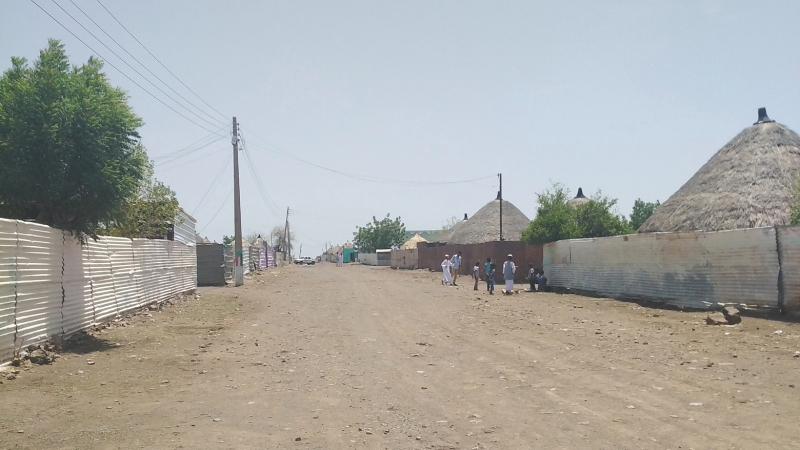
Pre-War War
By Yusuf Hamad
In mid-April last year, armed conflict erupted in the capital, Khartoum, between the army and the Rapid Support Forces. The motivations were purely power-driven between the two generals, Abdel Fattah al-Burhan, the army commander, and Mohamed Hamdan Dagalo, the Rapid Support Forces commander.
This current conflict is the bloodiest and most destructive to hit the capital since the Battle of Karari in 1898, when English occupation forces, led by Kitchener Pasha, invaded the newly emerging city, killing its inhabitants and declaring the end of the Mahdist State and the project of Muhammad Ahmed al-Mahdi and his deputy, Abdullah al-Taaishi.
In a short period, the ongoing conflict left behind a state of devastation, displacement, and asylum, which remains difficult to quantify and account for due to the continued fighting and its extended repercussions.
The impact of the conflict seems to reverberate throughout the entire country, as it starts from The Sweeping Head of the Country and extends to The Fallen Body.
Analysts and experts agree on the impact of the conflict on Sudans neighboring countries. For example, Egypt in the north has received thousands of urban aristocrats who were living in Khartoum, putting pressure on Cairos already struggling economy. Chad to the west, Ethiopia to the east, opened camps to accommodate refugees who sought shelter in these nearby countries.
Internally, and prior to this conflict by years, there was a parallel war being fought with different tools: corruption, neglect, incompetence, and flawed policies that marred the era of the Islamic Fronts rule.
This war was raging in the peripheries and hinterlands of the country and may have caused no fewer casualties than the ones currently being witnessed. For instance, the Gezira Project and its extensions collapsed. The Gezira Project is Africas largest irrigated agricultural project, covering an area of about 2.2 million acres of arable land.
The collapse of this giant project led to the collapse of an efficient social and economic structure that represented its steadfast pillar.
The collapse struck the heart of the villages and towns that the project contained more than the urban centers, such as Wad Medani, Al-Managil, and Al-Husayhis, and other cities that provided an acceptable way of life with promising modern economic and lifestyle patterns.
Within just two decades, thousands of subsistence farmers found themselves in a state of confusion due to the agricultural policies applied in the project. Later, these policies forced them to leave their villages and abandon agriculture to seek a better life in the capital, Khartoum, or a few of them chose migration to work as laborers in the wealthy Gulf countries.
Now, due to the ongoing power conflict in Khartoum, the fugitives have returned to their old villages or sought refuge with their families in remote areas of the Gezira, far from the reach of the armed conflict. However, they have returned and found nothing to help them continue life with its bare minimum.
Public essential services have been scarce in villages and cities, weak beyond measure, and there is no hope for returnees to have a productive economic life within the collapsed project, more than the collapse witnessed in the capital, Khartoum.

